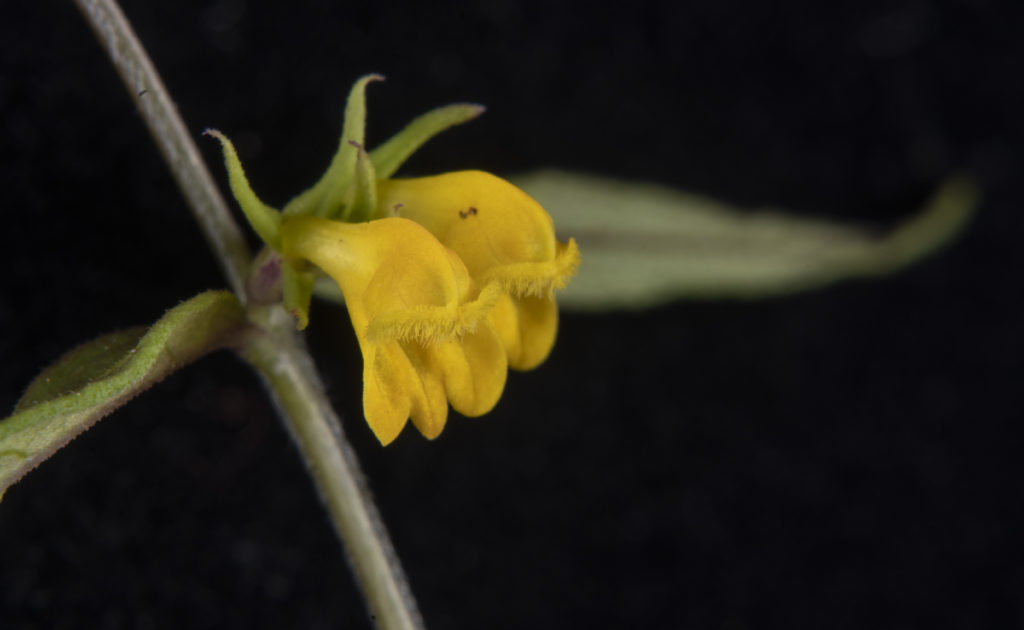
Here at RBGE as well as researching and growing lots of wonderful and precious plants from around the world we also put lots of work into the conservation and protection of wild plants which live a bit closer to home. Despite Scottish native plants being very well recorded and understood, and Scotland having a good infrastructure of resources and many institutions focused on nature, our biodiversity is still frighteningly at risk. This is largely because there is so little suitable habitat for Scotland’s wild plants to call home. Scotland is thought of as having a lot of beautiful wilderness, but sadly because of the way these areas get used, many of Scotland’s most extraordinary and valuable plants cannot grow there. This means there are many Scottish plants whose populations are dangerously small, tucked into ever decreasing nooks where their opportunities to thrive or even survive are very restricted. Other factors like climate change, competition from invasive species and pathogens, and damage from grazing, increase the pincer effect of pressure on these beautiful plants.
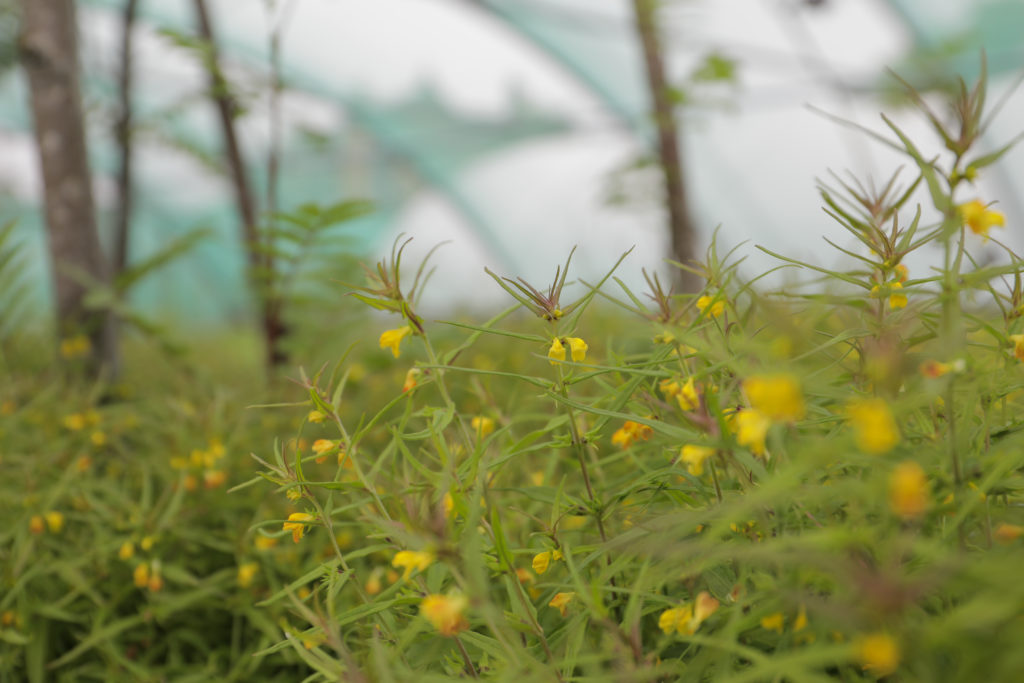
Here at RBGE we are doing everything we can to prevent the worst from happening, by growing many of these plants in our four gardens as an insurance policy against their loss in the wild, doing active work to increase the numbers of some species in their natural habitats and doing scientific research to understand the situation. In addition, we also do practical horticultural research to work out the specialist skills that might be needed to work with some of Scotland’s most unusual plants.
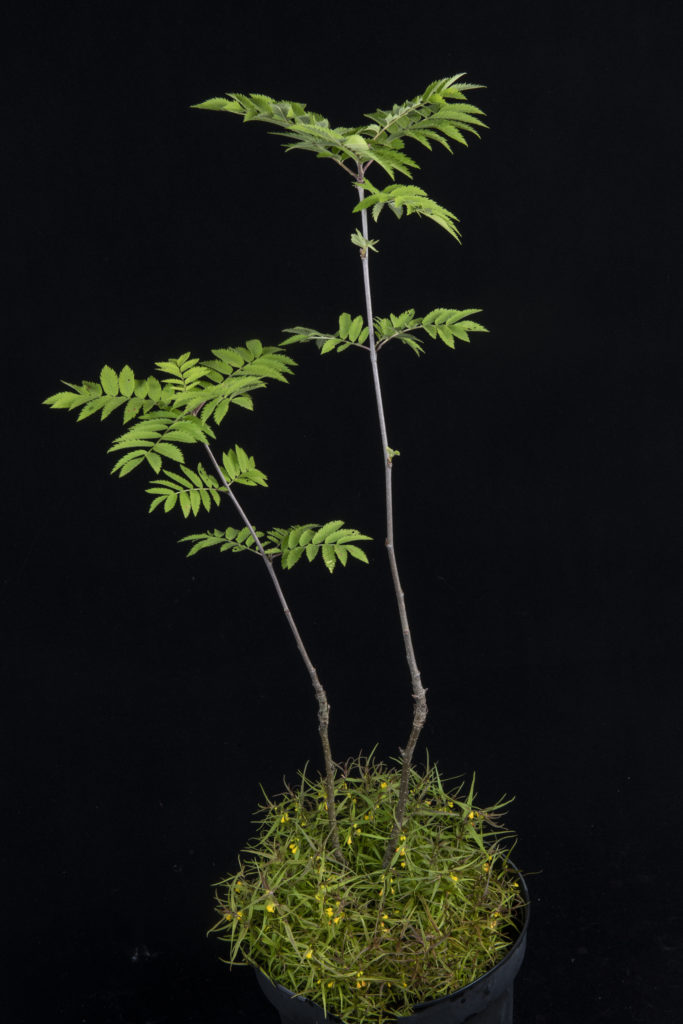
One such plant is the curious Small Cow-wheat, known to science as Melampyrum sylvaticum. Small Cow-wheat is ‘Nationally Scarce’ and we are supporting the Cairngorms Nature Action Plan in working on it. It is a delicate little thing with pairs of golden-orange beak-like flowers running up its stem, like twins, surrounded by sword-like lush green leaves pointing in every direction. This eccentric plant is hemiparasitic meaning it needs to find a host plant of another species to plug its roots into, in order to grow successfully. It has very fussy habitat demands and would give Goldilocks a run for her money. It wants to be permanently moist but not wet. It abhors direct rainfall which it would be totally squashed by, so would like to be carefully sheltered but not dry, and only if it can have just the right amount of light, not too much and not too little. As if that wasn’t enough, it also only lives for one year. If any population of Small Cow-wheat is to survive, a new generation must be able to grow from seed every year. The seeds it produces are so very heavy (they look like pine nuts) that they cannot travel by themselves and are believed to be completely reliant on Wood Ants to pick them up and carry them to a good spot every year. On top of all of this the Wood Ant is sadly threatened in Scotland. The lovely and sensitive Small Cow-wheat is an essential part of the wonderful diversity of Scotland’s plants and absolutely deserves to have places it can happily grow even if that means it needs a generous benefactor host, a tip top location with a perfect climate and a personal nanny at all times!
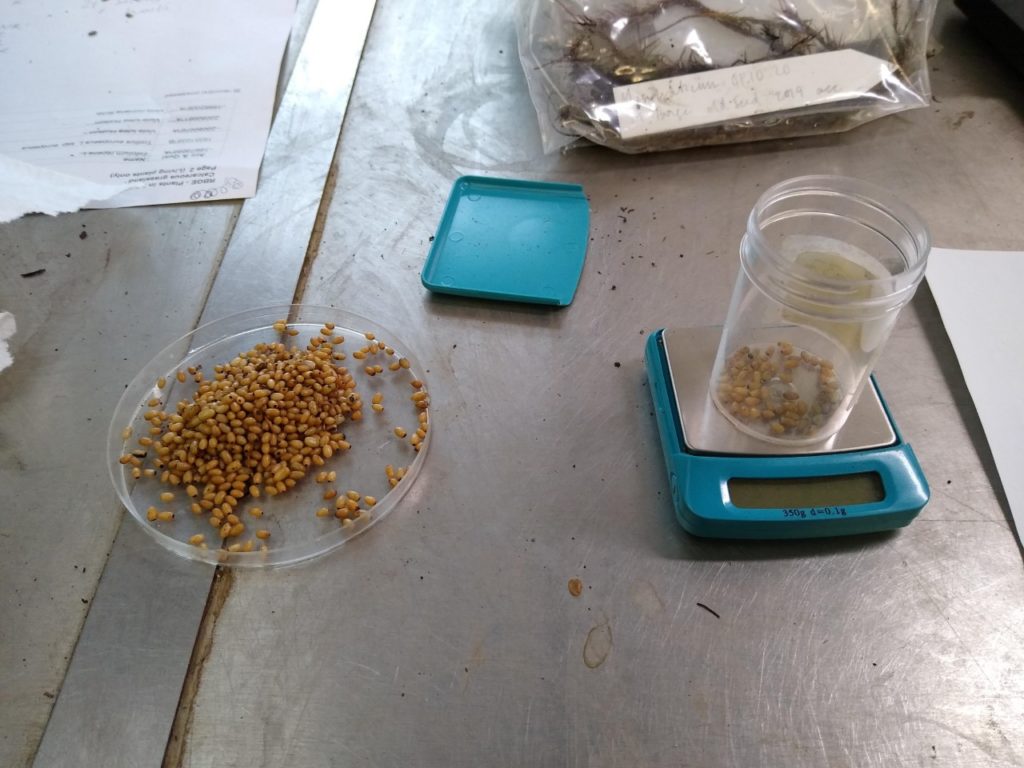
Over this past year, as the Scottish native plant horticulturist, I have been experimenting with different horticultural methods that might allow this lovely plant to be re-introduced into suitable areas for conservation purposes. This boils down to working out how to store the seed which hates drying out, comparing Small Cow-wheat’s preference for different host plants, and working out whether it is better to let the seed fend for itself directly in a natural plot, or get it settled with a host in a container and then trying to get them established together a bit later in the season.
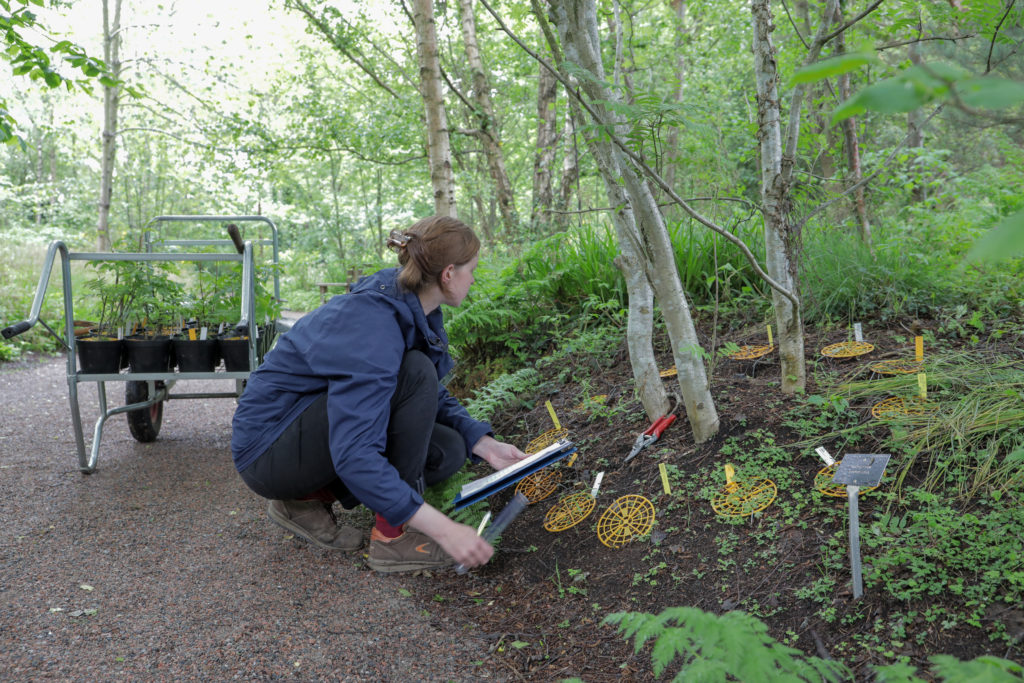
If you’d like to come and see this elusive prima donna yourself, the trials can be seen in the Experimental Garden (previously the Scottish Heath Garden) at RBGE just behind the East Gate. Look for some circular orange markers at the base of some of the Rowan trees for your chance to spot this highly specialised gem of the plant kingdom.
